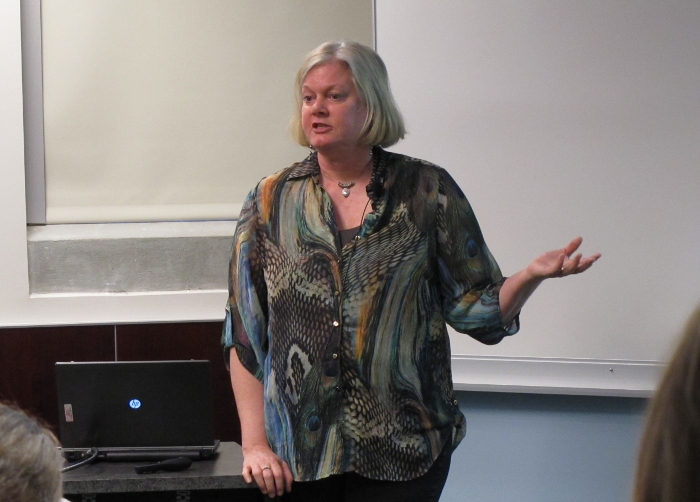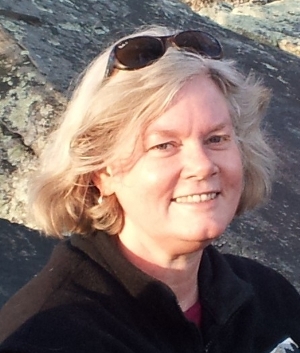NIMBioS Seminar Series
In conjunction with the interdisciplinary activities of the National Institute for Mathematical and Biological Synthesis (NIMBioS), a seminar series on topics in mathematical biology will be hosted at NIMBioS every other Tuesday at 3:30 p.m. (unless otherwise noted) in the Hallam Auditorium, Room 206, Claxton Building, 1122 Volunteer Blvd. Seminar speakers will focus on their research initiatives at the interface of mathematics and many areas of the life sciences. Light refreshments will be served in Room 206 beginning 30 minutes before each talk. Faculty and students from across the UT community are welcome to join us.
Time/Date: Tuesday, April 1, 2014, 3:30 p.m.*
Location:
Room 206, Claxton Building, 1122 Volunteer Blvd.
Speaker:
Dr. Yetta Jager, Environmental Sciences Division, Oak Ridge National Laboratory
Topic:
Getting the Most Out of Rivers: Sustainable Hydropower Development
Abstract: What is the best way to arrange dams within river basins to benefit society? Recent interest in this question has grown in response to the world-wide trend toward developing hydropower as a source of renewable energy in Asia and South America and with the movement toward removing unnecessary dams in the US. Hydropower development has rarely been planned with the goal of providing society with a portfolio of ecosystem services into the future. I synthesized a review of river basin design around four questions related to spatial decisions: Is it better to build fewer main stem dams or more tributary dams? Should dams be clustered or distributed among distant subbasins? Where should dams be placed along a river? And at what spatial scale should decisions be made? The following design principles emerged from our review: 1) concentrate dams within a sub-set of tributary watersheds and avoid downstream main stems, 2) disperse freshwater reserves among the remaining tributary catchments, 3) ensure that habitat provided between dams will support and retain production, and 4) formulate spatial decision problems at the scale of large river basins. To illustrate this, I developed a simple model for the American eel (Anguilla rostrata). For a randomly generated river network, I produced a Pareto-optimal frontier of solutions demonstrating where power dams should be located to maximize two objectives: power generation and eel survival.
*Join us for refreshments at 3 p.m. in Room 206.
Seminar Flyer (pdf)
For more information about this and other NIMBioS Seminars, visit /seminars.

NIMBioS
1122 Volunteer Blvd., Suite 106
University of Tennessee
Knoxville,
TN 37996-3410
PH: (865) 974-9334
FAX: (865) 974-9461
Contact NIMBioS



